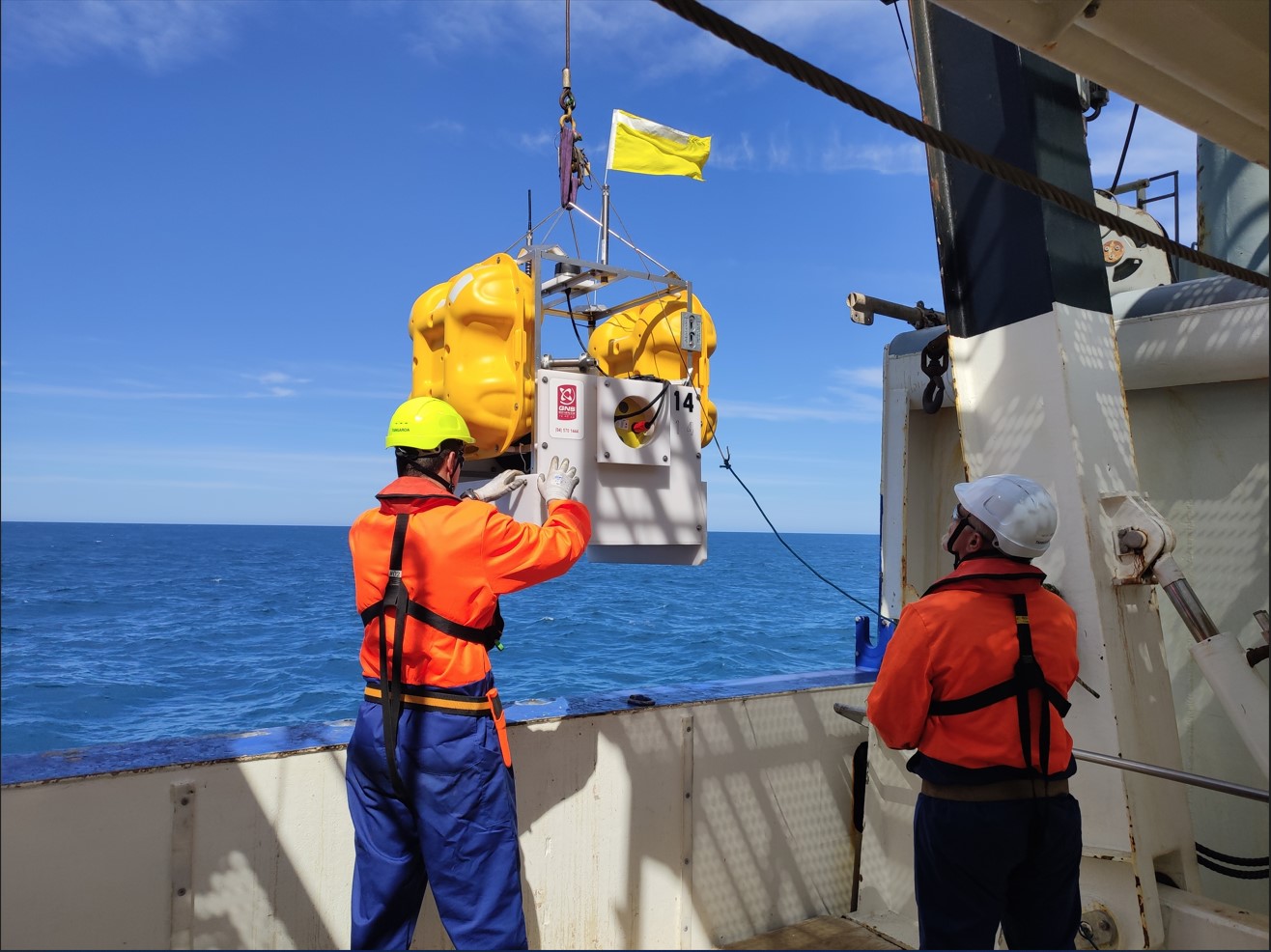
Quicker safer tsunami evacuations
This week a team of researchers and scientists from GNS Science, Massey University and East Coast LAB (Life at the Boundary) hosted two community research workshops in Moera and Petone, Wellington, to improve computer-based tsunami evacuation models.
The models, developed by scientists from GNS Science, simulate the movement of people who have self-evacuated on foot, following a long or strong earthquake that causes a large tsunami.
“The models are quite simple at this stage of the research. To improve them we need to incorporate information that only locals know” says Dr William Power, a tsunami modeler at GNS Science.
Workshop participants helped identify routes that the model shows people using but are not possible in real life, as well as routes that are possible in real life but the model does not show people using.
“This information is really valuable, as it means we can provide more realistic models that Civil Defence Emergency Management can later use for planning purposes” says Dr William Power.
Participants also identified potential solutions to make tsunami evacuations easier, safer and quicker. One of the suggestions made was for people to practice their tsunami evacuation walk to familiarise themselves with the route they intend to take and to identify any potential obstacles or hazards along the way.
Wellington Region Civil Defence Emergency Management Group Manager Jeremy Holmes says walking the route you would take in an actual event is one of the best ways people can prepare for a tsunami, as well as learning the natural warning signs of a tsunami: a long or strong earthquake or sudden tidal movements.
During the workshops emergency managers from the Wellington Region Emergency Management Office (WREMO) also answered questions from participants about tsunami preparedness and planning.
This research is part of a two year project called ‘Quicker Safer Tsunami Evacuations’ funded by the Natural Hazard Research Platform. It involves researchers and scientists from GNS, Massey University, East Coast LAB (Life at the Boundary) and the University of Canterbury.
Disclaimers and Copyright
While every endeavour has been taken by the East Coast Lab Hikurangi Subduction Zone M9 to ensure that the information on this website is
accurate and up to date, East Coast Lab Hikurangi Subduction Zone M9 shall not be liable for any loss suffered through the use, directly or indirectly, of information on this website. Information contained has been assembled in good faith.
Some of the information available in this site is from the New Zealand Public domain and supplied by relevant
government agencies. East Coast Lab Hikurangi Subduction Zone M9 cannot accept any liability for its accuracy or content.
Portions of the information and material on this site, including data, pages, documents, online
graphics and images are protected by copyright, unless specifically notified to the contrary. Externally sourced
information or material is copyright to the respective provider.
© East Coast Lab Hikurangi Subduction Zone M9 - www.eastcoastlab.org.nz / +64 6 835 9200 / info@eastcoastlab.org.nz
